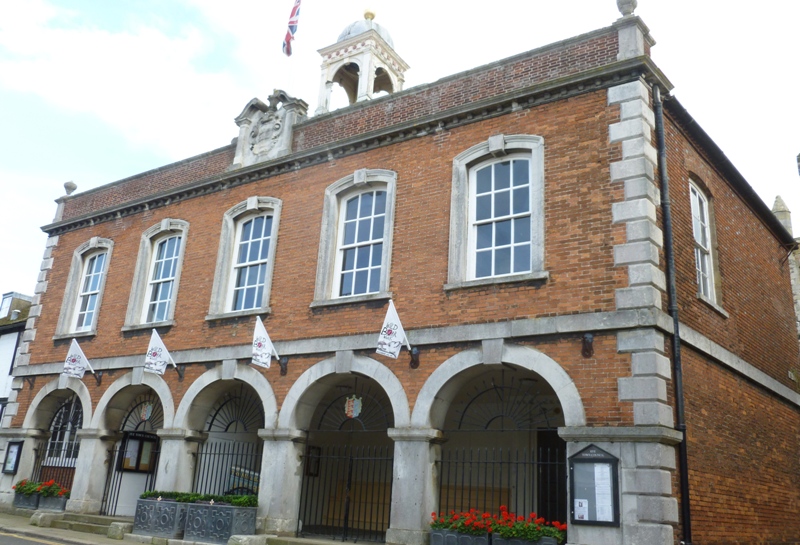The announcement by Tesco and Sainsbury’s that they are not going ahead with their supermarket plans highlights the need for Rye’s Town Hall to have more control over its affairs – which an agreed Neighbourhood Plan could provide – and the need to address educational issues – which were not covered in the recent survey to gather opinions about the plan. But the Neighbourhood Plan and educational needs were not discussed this week by the Planning Committee as Plan Steering Group vice-chair Anthony Kimber was away.
Local people generally agreed with the broad ideas behind the proposed Neighbourhood Plan as set out in the survey, but in two areas they clearly disagree. The use of greenfield sites for new housing; and building in flood risk areas. However if the town does agree a Neighbourhood Plan it will have a greater say in its own affairs, and have more money to spend on the town’s needs. But it does have to agree the final version, and there are many hurdles to jump before the likely vote next May, coinciding with the general election, and a steering group of councillors and volunteers is now working on that detail.
The draft plan suggests new housing should be focused on four sites – the former Tilling Green school, Winchelsea Road, Rock Channel and the former Freda Gardham School – when flood defences are in place – and nearly 90% agreed. But around 85% opposed any new housing on greenfield sites such as agricultural land, green spaces, allotments, and recreation areas. However, as now, some housing may go on “brownfield sites” where there was housing or other development before, such as the old garage site in Cinque Ports Street which is now being developed with shops and housing.
The other area of disagreement with the survey was building on locations without flood defences, even if risks could be mitigated, and 66% disagreed with this. A number of experiments to mitigate risk have been tried including, in Holland, houses that float up on anchors above rising flood water, or houses where all the living areas are on the first floor and above, and the ground floor is only used for parking or enclosed flood-proof service areas. But only about a third supported this option.
However in addition to there being no questions about education, there was no specific question about sport and playing fields and, if Tesco and Sainbury’s sell their land for uses other than education, the existing schools – in order to provide more places – may need to use up existing play and sports areas. But playing fields might possibly be provided in flood risk areas, and the Neighbourhood Plan steering group may have to consider these issues and options.
Generally people supported a mix of new homes with affordable houses for sale or rent, together with homes specifically for older people. Voters also supported housing designs that “fitted in” with the existing neighbourhood and wanted to encourage “green” design, including allowing energy efficiency measures in the Conservation Area, and sustainable features like re-use of “grey” rainwater, permeable driveways and solar energy.
As far as flood risks were concerned the voters were nearly unanimous that
* sewerage systems should be designed to cope with the worst case scenario;
* the current drainage system is not fit for purposes and should be reviewed, and
* vital infrastructure should be protected from flood risk and systems upgraded if necessary.
Residents agreed that major new business should mainly focus on Rye Harbour, while the viability of the town centre needed to be maintained, and it should be exceptional for existing commercial use to be changed to residential use. However visitors needed to be provided with “reasons to visit” while residents need a wide range of traditional groceries (including food and household goods) to be available for purchase seven days a week. Green space should also be protected and encouraged, and “green” issues like recycling and renewable energy should also be supported.
Interestingly three quarters of those voting were over 60, no one under 18 voted, and those in work (and aged between 18 and 60) represented only 25% of those voting. In addition there was little focus in the survey on leisure activities, or indeed on education or infrastructure like public transport, bus and rail.
Plan Steering Group vice-chair Anthony Kimber told the Council’s Planning Committee earlier in September that they were trying to engage with more young people and there was concern also that they had had only 17 replies from business. A draft plan had now been produced, he said, taking into account survey replies, and the steering group would need to consult its working groups before consulting wider and ensuring the plan complied with all legislative requirements.
Photo: Tony McLaughlin



